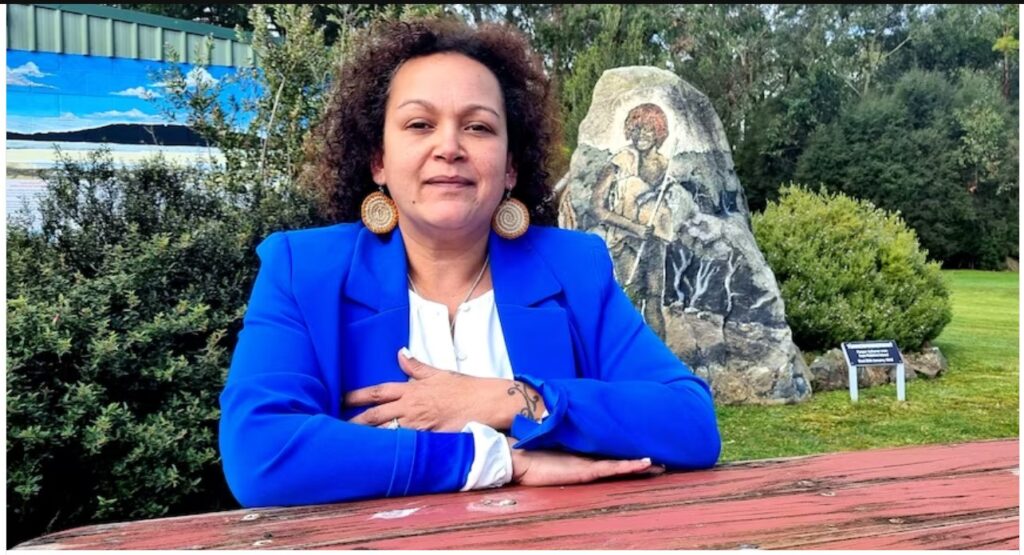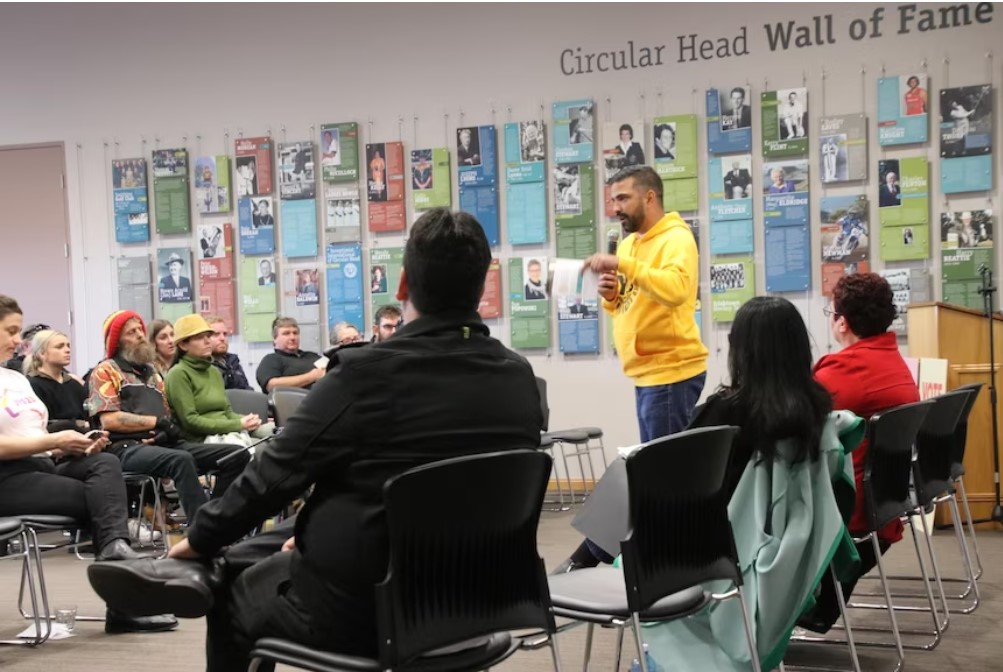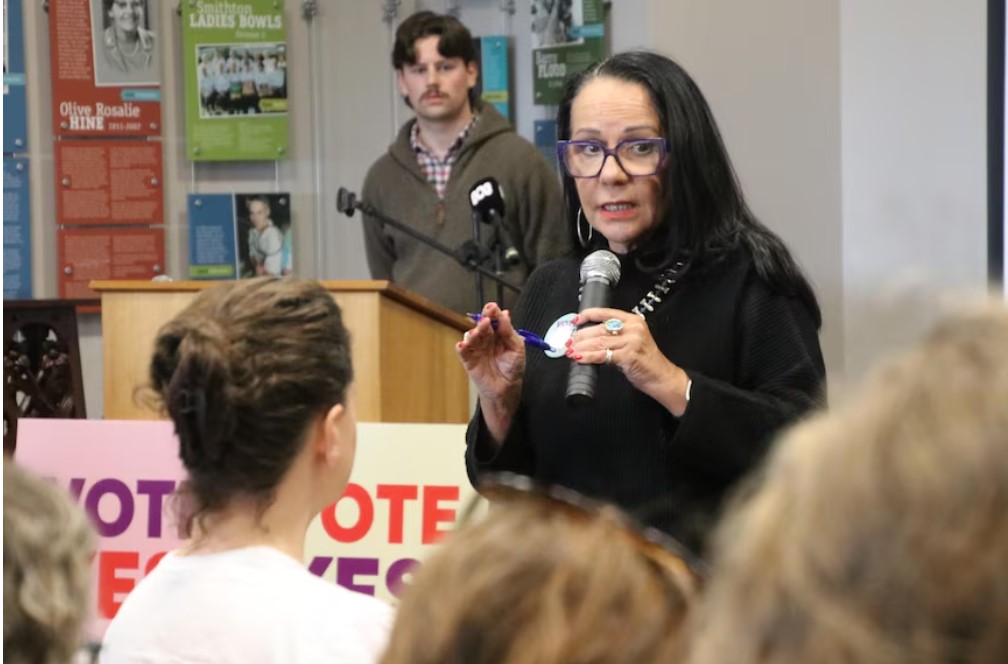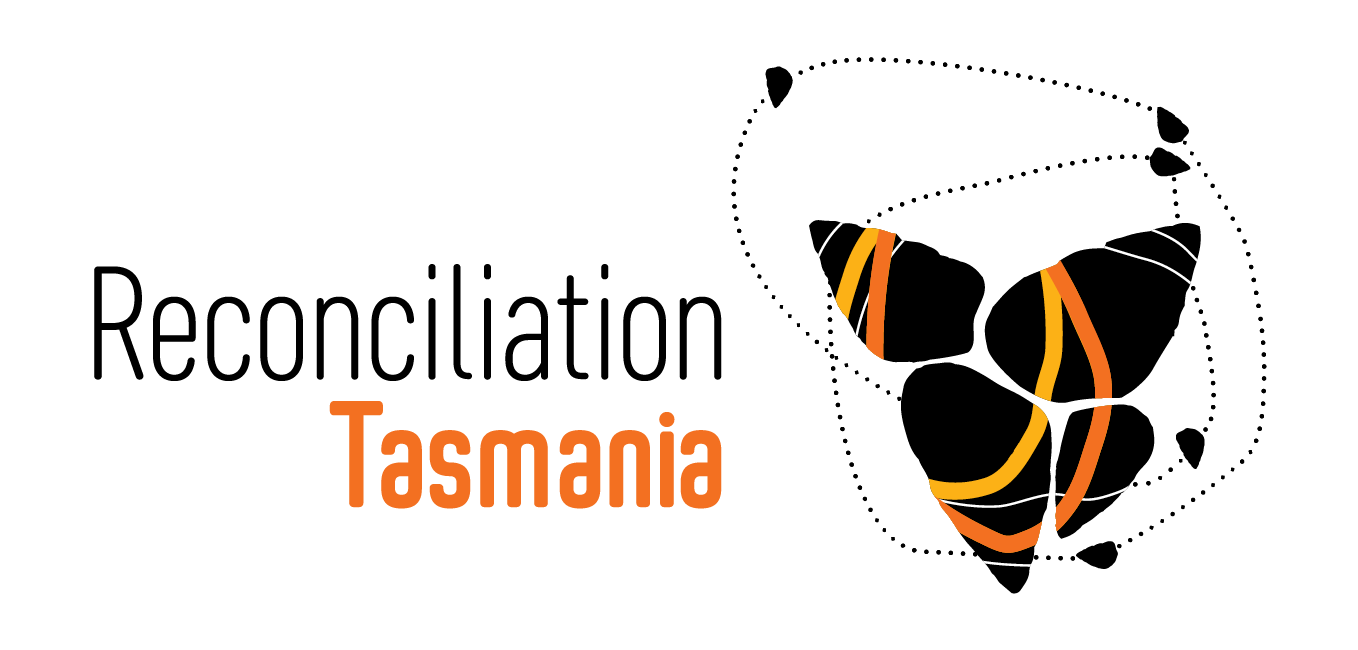Fears Yes referendum vote will mean Circular Head Aboriginal voices will be lost
By Bec Pridham Tue 5 Sep 2023
- In short: An Aboriginal community fears the “most vulnerable” will not be heard if the Voice to Parliament passes, saying it will do little to improve outcomes for communities most in need
- What’s next? Australians will vote on October 14, with the minister for Indigenous Australians stressing the Voice will account for community differences across the nation, and relationships with local MPs will not change

A Tasmanian Aboriginal community fears some of Australia’s “most vulnerable” communities will go unheard if next month’s referendum is successful.
On October 14, Australians will vote on whether to enshrine an Indigenous Voice to Parliament in the constitution.
As the weeks count down, both the Yes and No campaigns are gathering momentum, trying to convince the nation of their case.
In Circular Head, on Tasmania’s far north-west coast, 17 per cent of the region’s 8,000 people identify as Aboriginal or Torres Strait Islander, a much higher proportion than the 4 per cent across Australia.
Circular Head Aboriginal Corporation’s (CHAC) chairperson Selina Maguire-Colgrave fears communities like hers will not be adequately represented if the Voice gets up.
CHAC opposes the Voice, but has been facilitating events from both sides to help the community make an informed choice that is right for them.
“My concern is that our voice won’t be heard since we’re such a small community, and our community’s own individual needs won’t be listened to,” she said.
“The loudest voice is the one that gets heard.
“Our most vulnerable … people that need the most help are from these remote, smaller communities with the smaller numbers.
“We want to ensure that the quieter voices all across Australia are heard, not just the loud people.”

Structure to be determined
The exact structure of the Voice will be determined if the referendum is successful.
If it passes, the government will consult with Aboriginal and Torres Strait Islander communities and the public over its design.
While not officially endorsed by the government, a report co-authored by professors Tom Calma and Marcia Langton recommends it have two parts: local and regional voices, and a national Voice.
The national Voice would have 24 members, elected by the local and regional voices — two from each state and territory, five from remote communities, two from the Torres Strait, and one to represent Torres Strait Islanders living on the mainland.
There would also be 35 local and regional voices representing districts across the country, determined locally by state and territory governments and communities.
They would address issues on the ground and provide advice to all levels of government.
Under the proposal’s regional breakdown, Tasmania would get one district, while Western Australia, Queensland and NSW would each get seven.

Voice no threat to local MPs, minister says
Minister for Indigenous Australians Linda Burney stressed the Voice would supplement existing representation.
“The Voice is about providing advice to the federal government on issues that directly affect First Nations people,” she said.
“Relationships with elected members are important. They will not change. They will be enhanced by the Voice.
“The Voice will be representative, it will take into account the differences across Australia, and I am very conscious of the importance of everyone having their say.”
Federal Braddon MP Gavin Pearce said CHAC’s concerns reflected legitimate questions about how the Voice would work in practice.
He said he took pride in representing local Aboriginal communities, and his commitment would “never falter”.
Federal Braddon MP Gavin Pearce said CHAC’s concerns reflected legitimate questions about how the Voice would work in practice.
He said he took pride in representing local Aboriginal communities, and his commitment would “never falter”.
Tasmanian Minister for Aboriginal Affairs Roger Jaensch said the state government would continue to work with, and listen to, all Aboriginal people in Tasmania.

